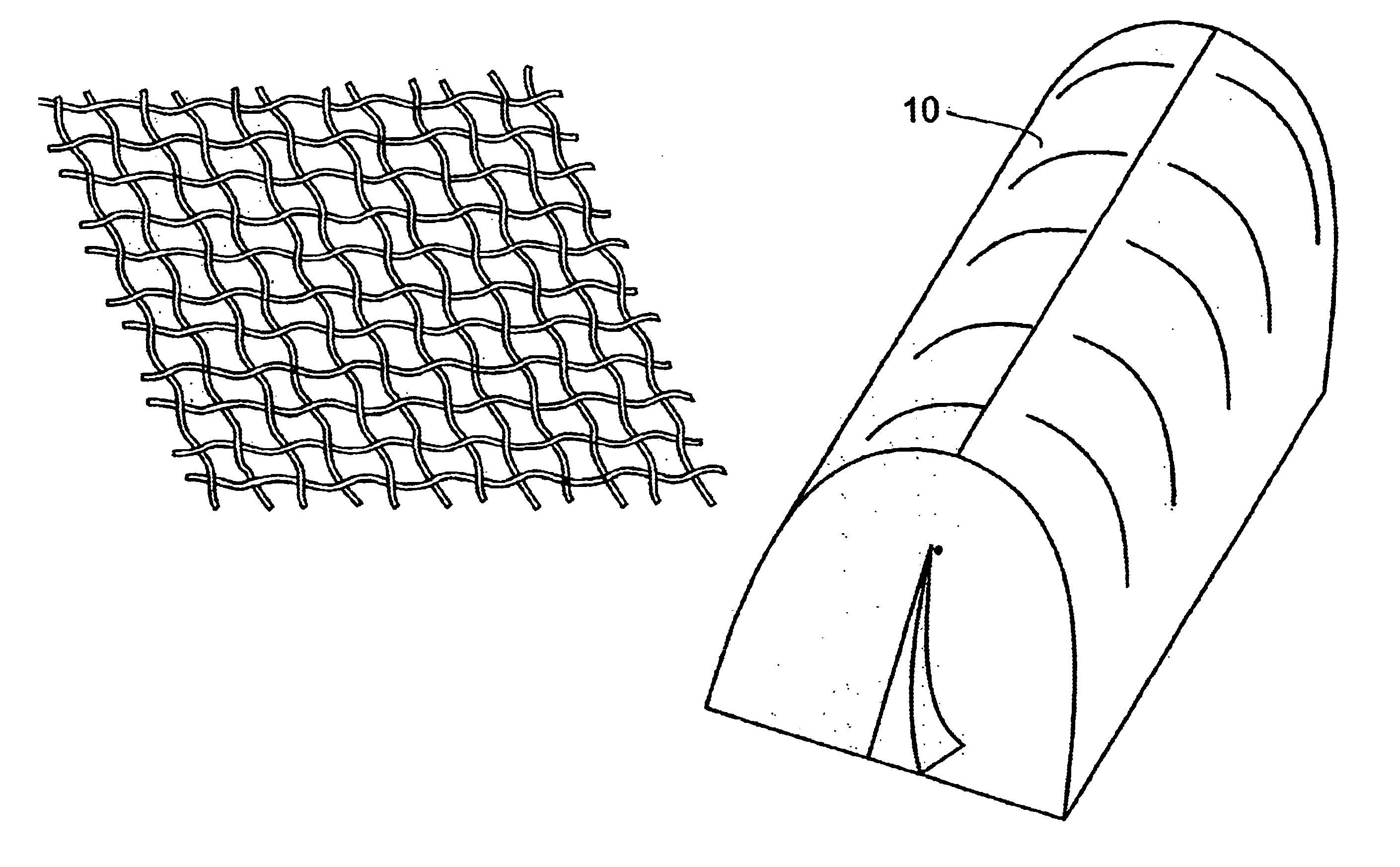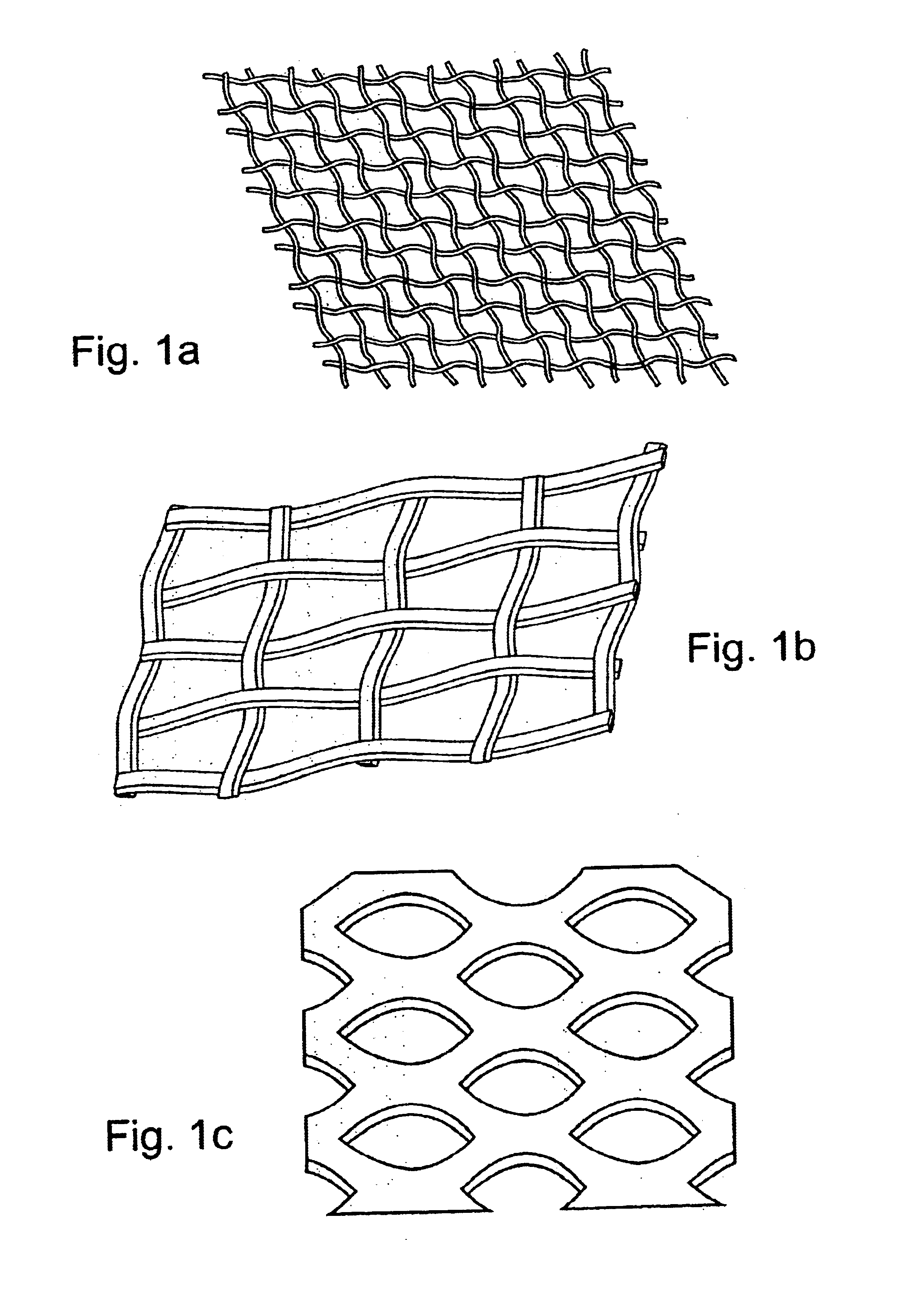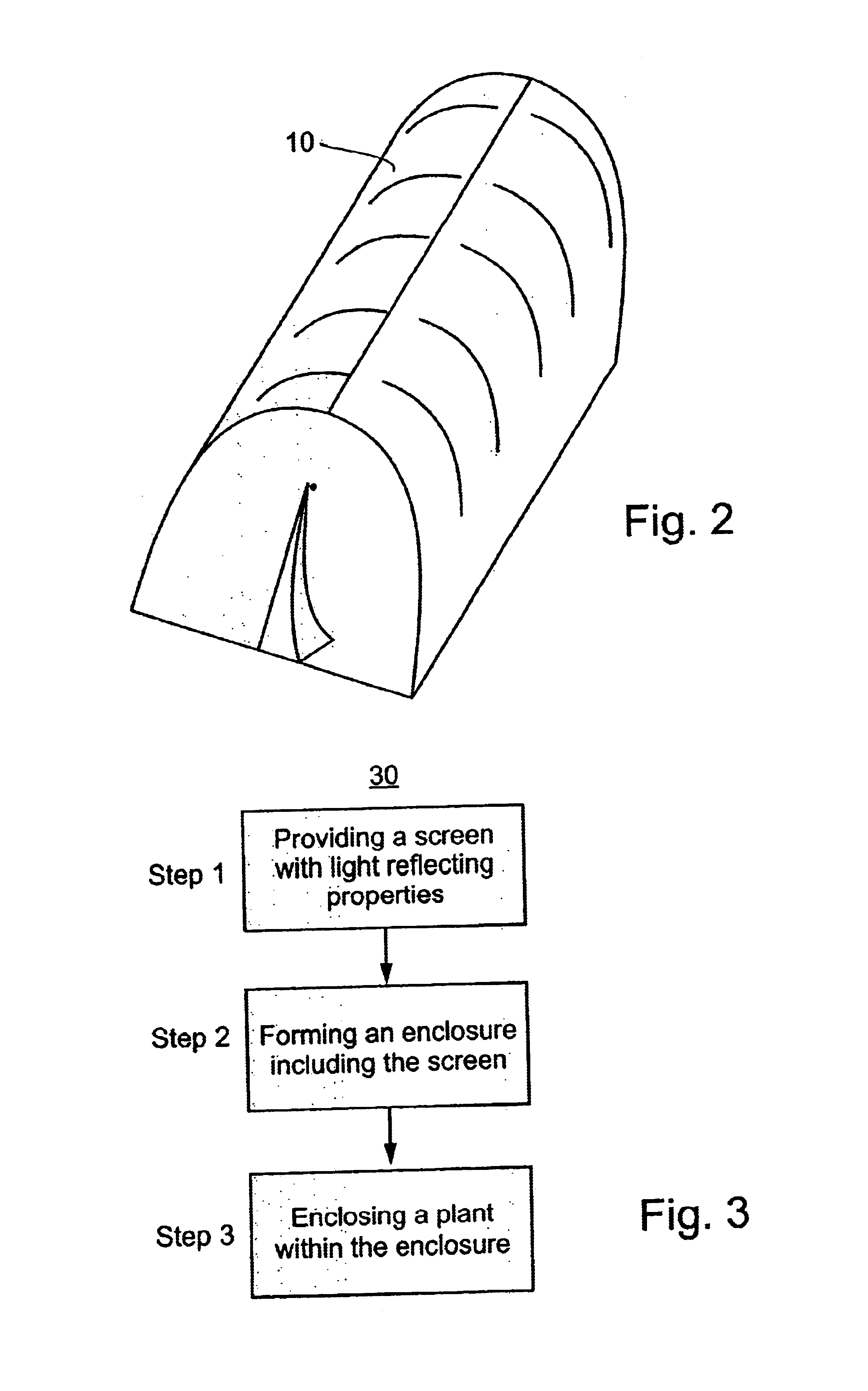Barrier, enclosure and method for protecting crops including a light reflecting screen
a technology of light reflecting screen and enclosure, which is applied in the field of barriers, enclosures and methods for protecting crops including light reflecting screens, can solve the problems of inability to dispose of diseased plants, inflicting further damage on plants, and affecting the growth of crops,
- Summary
- Abstract
- Description
- Claims
- Application Information
AI Technical Summary
Benefits of technology
Problems solved by technology
Method used
Image
Examples
Embodiment Construction
Generally, the nomenclature used herein and the procedures utilized in the present invention include conventionally accepted growing and experimental growing techniques. Such techniques are thoroughly explained in the relevant articles recited in the Background section, all of which are incorporated by reference as if fully set forth herein. The procedures therein are believed to be well known in the art and are provided for the convenience of the reader.
While reducing the present invention to practice, a new screen fabricated of a material with a high level of UV reflection, referred to hereinafter as "BIOTECHNET.TM. A", was tested. Another version of a screen tested was provided with narrow strips of aluminum foil periodically woven into the screen mesh, referred to hereinafter as "BIOTECHNET.TM. B". In this exemplary study the inventors evaluated the ability of these screens to protect crops from thrips, as further delineated below.
Materials and Experimental Methods
The screens te...
PUM
 Login to View More
Login to View More Abstract
Description
Claims
Application Information
 Login to View More
Login to View More - R&D
- Intellectual Property
- Life Sciences
- Materials
- Tech Scout
- Unparalleled Data Quality
- Higher Quality Content
- 60% Fewer Hallucinations
Browse by: Latest US Patents, China's latest patents, Technical Efficacy Thesaurus, Application Domain, Technology Topic, Popular Technical Reports.
© 2025 PatSnap. All rights reserved.Legal|Privacy policy|Modern Slavery Act Transparency Statement|Sitemap|About US| Contact US: help@patsnap.com



